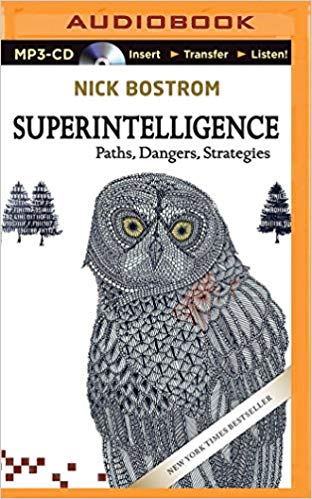Recently I had a discussion about agility which I found quite thought-provoking.
Let’s assume an organization wants to become more agile. Following the principle ‘If You Can’t Measure It, You Can’t Manage It’ the management asks to define those KPIs which measure the organizational agility.
Let’s start by thinking about the purpose of being agile. An agile organization adapts its actions and decisions whenever required based on the experiences made, available resources, skills and changes in the environment. It desires to move, react and adapt quickly.
Let’s look at the agile manifesto which says:
We are uncovering better ways of developing software by doing it and helping others do it.
Through this work we have come to value:
-
Individuals and interactions over processes and tools
-
Working software over comprehensive documentation
-
Customer collaboration over contract negotiation
-
Responding to change over following a plan
What should or could be measured? Maybe this is the wrong approach, therefore, let’s explore what happens if a KPI is defined and declared as important in an organization? The organization starts to optimize the KPI value and KPI polishing often becomes the main mission and purpose instead of value creation for clients.
Maybe it is time to look at this from a different perspective. Think about a windmill and KPI’s which could be used to optimize its efficiency. The key factor at the end is the wind – the windmill can be optimized to the max but it will never produce more wind. A team, produced by the organization, is like a windmill exposed to the wind.
So rather than measuring the windmill, it is more sensible to measure those factors which create an environment which powers an agile team. Those factors are mainly cultural ones. The culture of a company is the long-term memory of the organization. Culture reflects the companies lived values, its actions and not by marketing slogans. If the organization’s culture reflects slow processes, inflexible planning, hierarchical and slow decisions then this enables very limited chance for an agile culture to emerge. Such organisations can only celebrate agile practices but will never execute in processes.
Here are a few questions about aspects which can be used to assess the organization and the environment:
-
How many people outside the team need to be involved to make a decision?
-
How many pizzas are required to feed the team?
-
Can the teams deliver independently?
-
Does the team control the resources to reach the desired outcome?
-
Is the team empowered to make decisions?
-
How skilled are the team members?
-
Can the team decide on its members?
-
Are all the skills from all disciplines part of the team?
-
Is failure considered a learning experience and a key step in a career?
-
Do all team members share the same vision and objectives?
-
How many people involved do not contribute to the outcome?
-
Does the team have direct access to the clients?
-
Does the team get direct client feedback?
-
Can the team decide on timeline and deliverable?
-
Can the team engage openly with internal and external experts?
Depending on the answers to the questions it makes more sense to transform the organization than to measure the teams. Remove outdated top-down structures, decentralize decision power and seek high skilled staff. Be aware that many parts of an organization have no interest in the transformation. They typically form the immune system of the former structure and will try to keep things like they always were. Some even dream to turn the clock back to the good old times.
As part of the transformation, many things are turned inside out. The primary purpose of the management in an agile world is to enable the teams, break down barriers and minimize friction through the organization.
This process takes longer than the time horizon considered by typical managers today. As today’s problems are much more urgent and need to be solved immediately, there is no time to transform … but enough time to define some KPI’s, perform measurements and produce slides.










